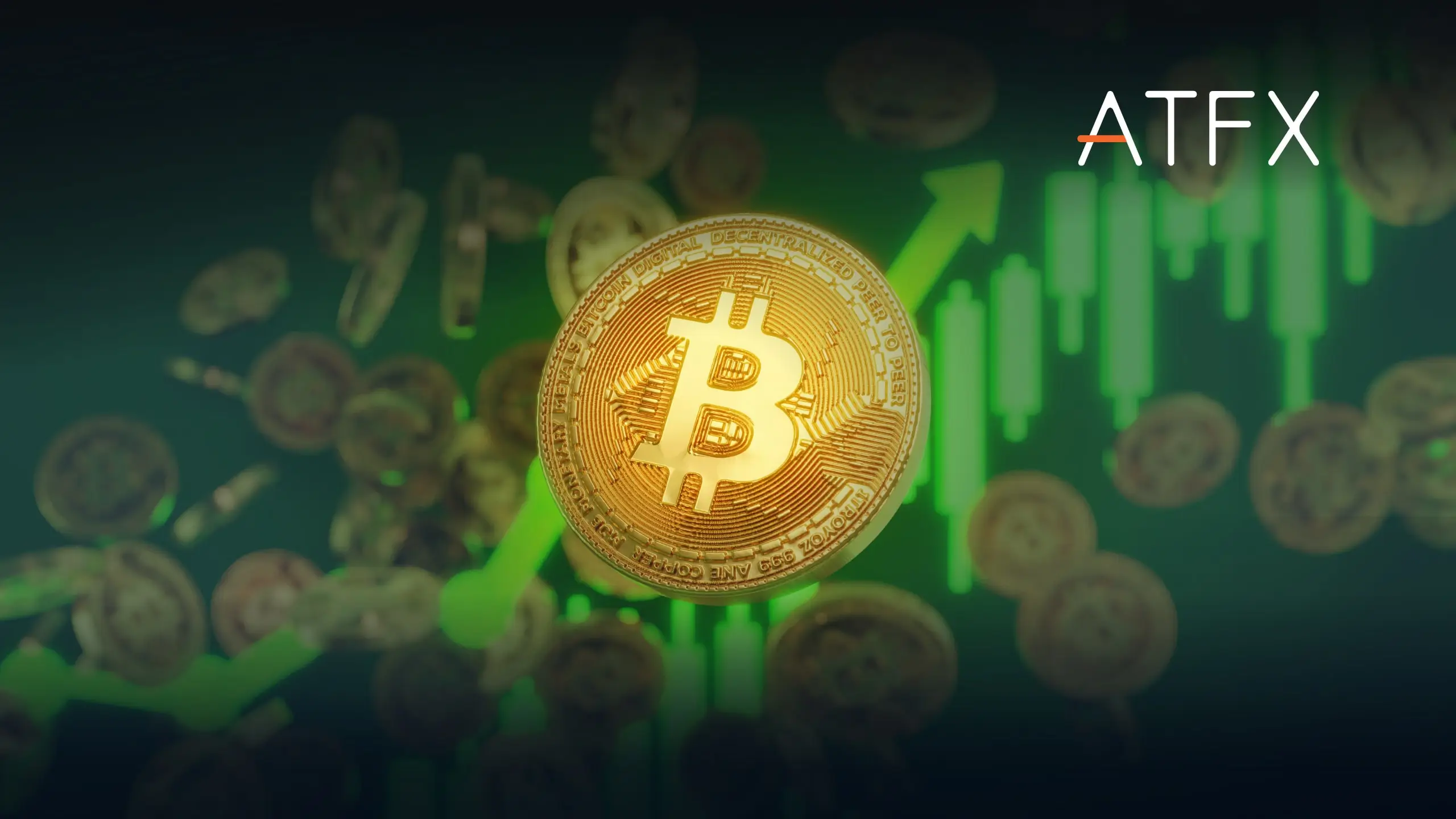The China 50 has inflation data ahead on Friday and may test the 2023 lows as early as this week.

CH 50 – Daily Chart
The China 50 index of blue-chip stocks has support ahead at 10,891. That marked the 2023 lows and is the best hope for a near-term price bottom. Traders should watch for buyers arriving if that level is tested.
Friday has economic data with Chinese inflation at 9:30 HKT. The country is seeing some deflationary activity, but economists expect a slight improvement from -0.5% to -0.4%.
China’s central bank faces a significant hurdle with deflation, a sign that credit is not flowing to increased consumption, something the bank has targeted in its five-year plans.
The PBOC is pressured to slash interest rates as falling prices raise borrowing costs for private businesses and households, slowing investment, hiring, and consumer spending.
Deteriorating assets from the property crisis and local government debt woes are also pressuring central bankers to add further liquidity. Another issue is that demand for credit in China mainly comes from the manufacturing and infrastructure sectors, which both deal with deflationary forces in the economy.
The broader CSI 300 index is also trading near a 5-year low. However, some analysts are more hopeful, with Goldman Sachs seeing a potential 19% increase if corporate earnings can be boosted 10% by policy decisions.
In Hong Kong, the Hang Seng is projected to rise 10% by the end of March and 32% for the entire year, ending a four-year losing streak, according to a survey by SCMP. Question marks still hang over the Chinese property market. However, the government may take further stimulus action this year if weak prices persist in the stock market.
“Measures to boost stocks are aimed at curing the symptoms, not the disease,” said Yu Yingbo at Shenzhen Qianhai United Fortune Fund Management. “We hope that authorities may find the resolve to tackle underlying issues in the economy,” he added.
Yuan loan data will also be released at 4pm HKT on Friday, with traders expecting to see an increase to 1400 billion from 1090 billion.


